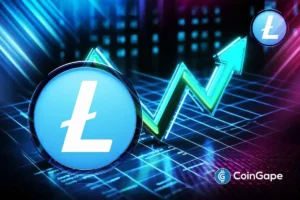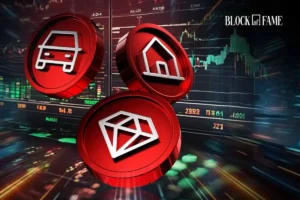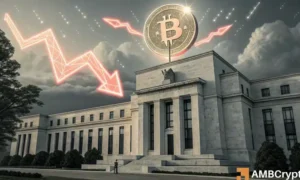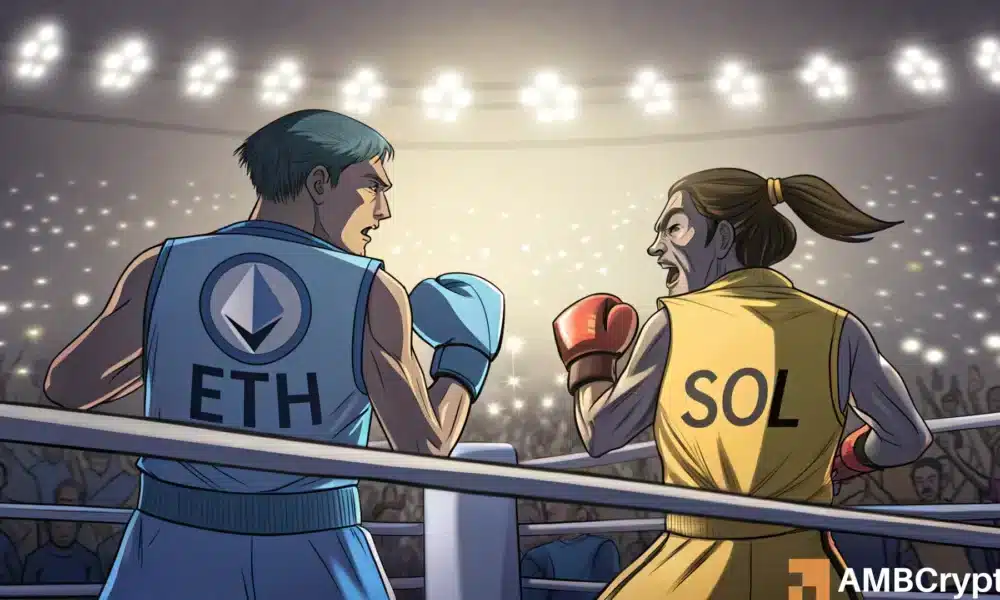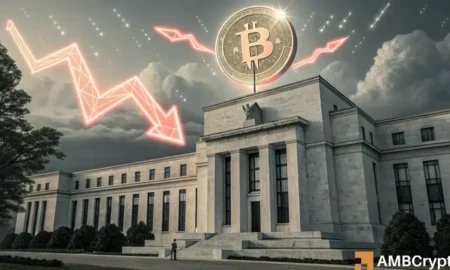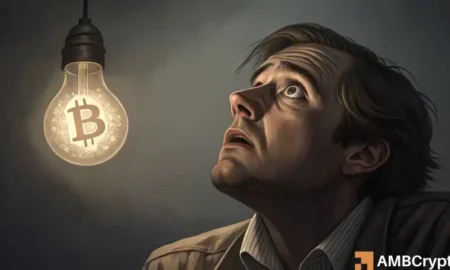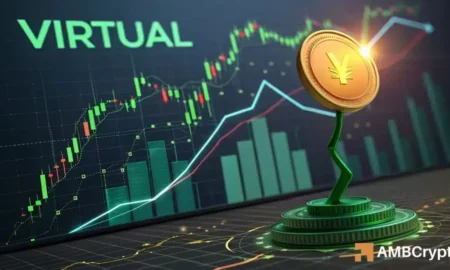The Security Debate Surrounding Ethereum’s Layer-2 Networks
Ethereum has long been at the forefront of the blockchain ecosystem, particularly with its ambitious plans for scalability via layer-2 (L2) networks. Recently, a public debate between Ethereum Co-Founder Vitalik Buterin and Solana’s Anatoly Yakovenko has spotlighted the security of these solutions, questioning their reliability and safety. With over $35 billion in total value locked (TVL) across major L2 networks like Arbitrum, Base, Optimism, and Worldchain, the stakes are high. Understanding both sides of this contentious issue is vital for investors, developers, and blockchain enthusiasts alike.
Buterin’s Confidence in Layer-2 Security
Vitalik Buterin has confidently defended the security of Ethereum’s L2 networks, emphasizing that they inherit the foundational security features of the Ethereum blockchain. In a competitive environment where 51% attacks could theoretically undermine network integrity, Buterin asserts that L2s maintain a level of protection through Ethereum’s base-layer finality. However, he does caution that risks could surface when L2 validators engage in functions that fall outside of Ethereum’s direct control, potentially weakening the premise of security. This understanding of inherited safety forms a cornerstone in the ongoing security discourse.
Yakovenko’s Concerns: A Different Perspective
Contrasting Buterin’s optimistic view, Anatoly Yakovenko has voiced serious concerns regarding the security of L2 networks. He labels Buterin’s assurances as “erroneous,” pointing out that despite advances in technology, L2s still encounter vulnerabilities similar to cross-chain bridges like Wormhole. Yakovenko outlines major flaws he perceives in current L2 designs, including overly complex code that can be exploited, the risks associated with multi-signature custody that can authorize fund movements without user consent, and the reality of off-chain processing that centralizes power and dilutes decentralization. Yakovenko advocates for building interoperability bridges, potentially positioning Ethereum as a layer-2 solution for Solana, thus improving cross-chain interactions.
The Continuing Debate: Security vs. Innovation
As the dialogue continues, Ethereum supporters have countered Yakovenko’s criticisms by asserting that there are no inherent limitations preventing L2s from obtaining Ethereum’s robust level of security. They argue that many advanced L2s currently function as vault contracts, providing the necessary full L1 protection. Furthermore, ongoing upgrades and enhancements within the Ethereum framework are seen as vital developments that address existing challenges. Yakovenko strongly disputes this perspective, insisting that fundamental security issues remain unresolved even after five years of technological evolution.
Price Trends: A Year in Review
The volatility of cryptocurrencies often affects public and investor confidence, and both Ethereum (ETH) and Solana (SOL) have experienced similar price patterns over the past year. After witnessing mid-year rallies, Ethereum gained approximately 15.45%, while Solana saw a modest increase of 7.39%. Both assets cooled off in September but have slowly begun to recover since late October. At present, Ethereum maintains a slight edge over Solana in terms of market performance, further fueling the ongoing rivalry and the debate over their respective technologies and security protocols.
The Road Ahead: Navigating Risks and Building Trust
As layer-2 networks continue to grow in prominence and utilization, addressing security concerns will be paramount. The debate initiated by Buterin and Yakovenko underscores the need for ongoing dialogue, research, and technological advancements in this space. Both Ethereum’s approach to scaling and Solana’s new strategies for interoperability are essential not just for their ecosystems but for the larger blockchain industry as well. As developers and investors weigh the risks associated with these technologies, understanding the nuances of security will play a crucial role in shaping their decisions.
Conclusion: What Lies Ahead for Layer-2 Networks
The future of Ethereum’s L2 networks hangs in a delicate balance between innovation and security. Both the insights provided by Buterin and the constructive criticisms from Yakovenko create a comprehensive understanding of the current climate surrounding Ethereum’s layer-2 solutions. As they continue to shape the landscape of blockchain technology, ongoing scrutiny and development will be essential, ensuring that scalability does not come at the cost of safety. As investment in these networks continues to expand, the challenges and solutions identified in this debate will undoubtedly influence the trajectory of Ethereum’s ecosystem and its competitors for years to come.
